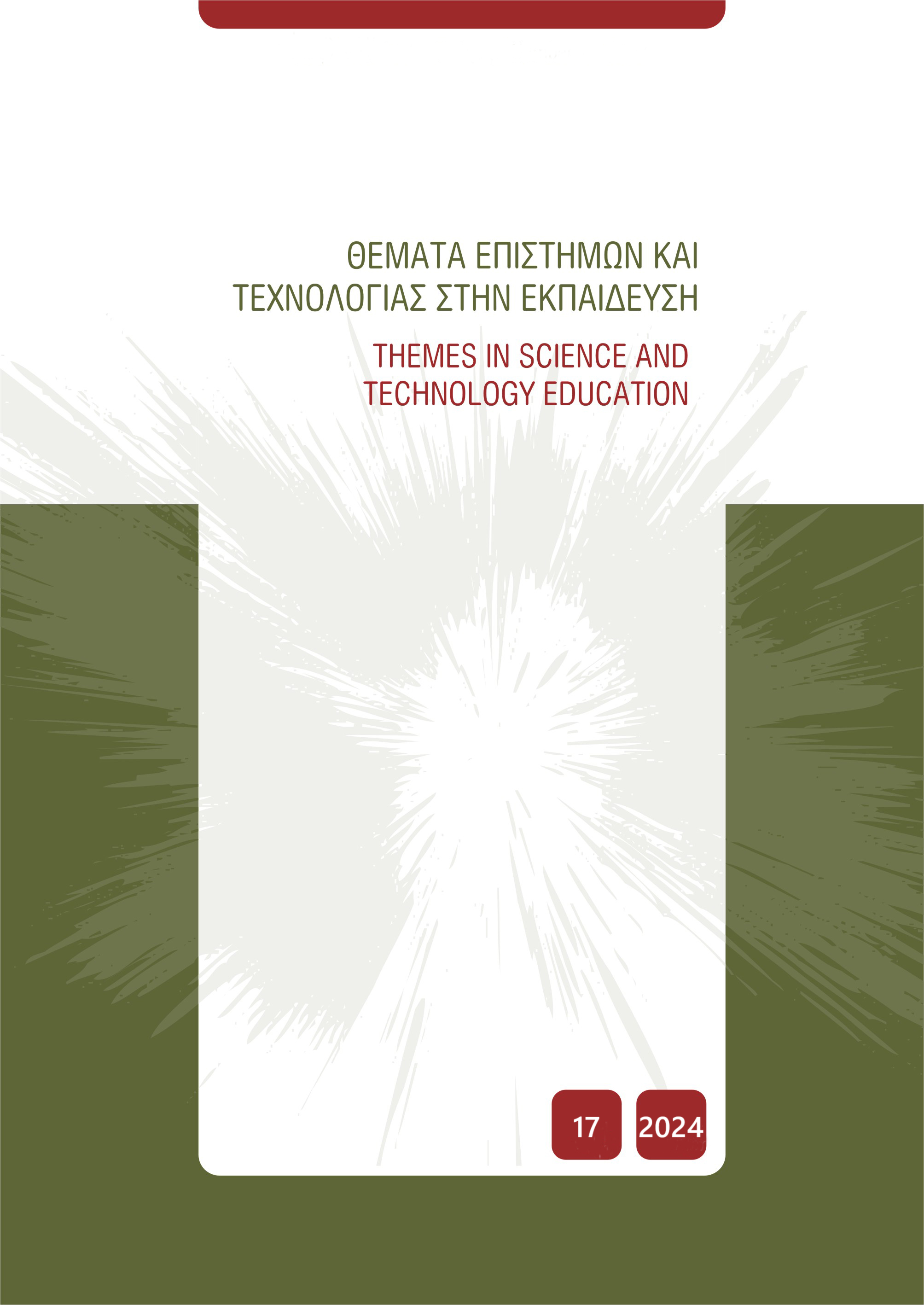Ενίσχυση του αλγοριθμικού τρόπου σκέψης μέσω διδακτικών παρεμβάσεων Εκπαιδευτικής Ρομποτικής που υποστηρίζονται από εργαλεία οπτικού προγραμματισμού

Περίληψη
Η παρούσα μελέτη είχε ως σκοπό να διερευνήσει την επίδραση της Εκπαιδευτικής Ρομποτικής (ΕΡ) και των εργαλείων οπτικού προγραμματισμού στην Αλγοριθμική Σκέψη (ΑΣ) μαθητών που φοιτούν στη Β’ τάξη του δημοτικού σχολείου. Για τη διεξαγωγή της έρευνας προκρίθηκε ως καταλληλότερο ερευνητικό σχέδιο ο ημι-πειραματικός σχεδιασμός. Την πειραματική ομάδα αποτέλεσαν 16 μαθητές που παρακολούθησαν 13 μαθήματα ΕΡ διάρκειας 90 λεπτών το καθένα και την ομάδα ελέγχου 14 μαθητές που παρακολούθησαν το καθιερωμένο αναλυτικό πρόγραμμα της τάξης τους. Οι μαθητές και των δύο ομάδων απάντησαν σε ένα τεστ προ-ελέγχου (pre-test) και ένα τεστ μετα-ελέγχου (post-test). Επιπλέον, πραγματοποιήθηκε συμμετοχική παρατήρηση κατά τη διάρκεια όλων των διδακτικών παρεμβάσεων ΕΡ, προκειμένου να διερευνηθεί η πρόοδος των μαθητών και να ενισχυθεί η εγκυρότητα της έρευνας. Τα αποτελέσματα έδειξαν πως στην πειραματική ομάδα παρατηρήθηκε στατιστικά σημαντική ενίσχυση της ΑΣ, η οποία μπορεί να αποδοθεί στις διδακτικές παρεμβάσεις της ΕΡ. Τέλος, τα εμπειρικά δεδομένα της έρευνας έδειξαν ότι οι μαθητές της πειραματικής ομάδας σταδιακά βελτιώθηκαν στο να δημιουργούν αλγορίθμους, καθώς και στο να εκτελούν ακολουθίες πράξεων και λειτουργίες ελέγχου συνθηκών αξιοποιώντας εργαλεία οπτικού προγραμματισμού.
Λεπτομέρειες άρθρου
- Πώς να δημιουργήσετε Αναφορές
-
Κωστακοπούλου Ν., & Βεκύρη Ι. (2024). Ενίσχυση του αλγοριθμικού τρόπου σκέψης μέσω διδακτικών παρεμβάσεων Εκπαιδευτικής Ρομποτικής που υποστηρίζονται από εργαλεία οπτικού προγραμματισμού. Θέματα Επιστημών και Τεχνολογίας στην Εκπαίδευση, 17, 1–22. https://doi.org/10.12681/thete.42219
- Τεύχος
- Τόμ. 17 (2024)
- Ενότητα
- Articles





